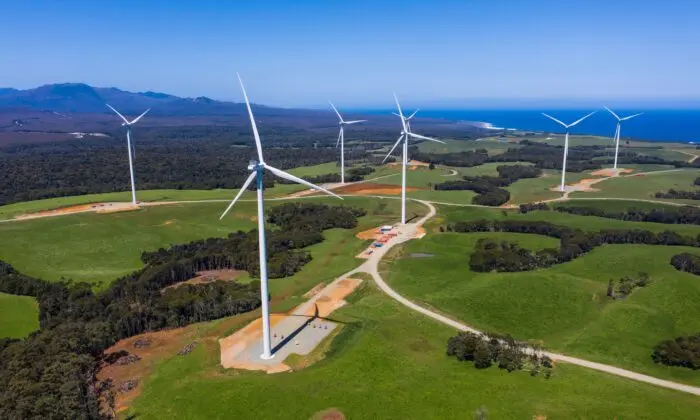The world’s renewable energy capacity will jump by almost 75 percent in the next five years, the International Energy Agency (IEA) said on Tuesday, as countries turn to solar and wind power to curb their reliance on fossil fuels.
The IEA’s main forecast for renewables expansion is 30 percent higher than what the agency predicted in last year’s report. The upward revision mainly stems from the fast-tracking of renewable energy policies and reforms by China, the European Union, the United States, and India in response to the worldwide energy crisis.
Solar and wind are expected to account for nearly 95 percent of the additions in the world’s renewable energy capacity through 2027, as other renewables such as hydropower, bioenergy, and geothermal are hampered by technology challenges and a lack of policy support.
The adoption of renewables is driven by a combination of economic and security factors. A variety of forces began to drive up fossil fuel prices in 2021, but soaring prices of oil, liquified natural gas, and electricity following Russia’s invasion of Ukraine in February have made solar and wind generation more competitive against other fuels.
The Russia-Ukraine war has also sparked concerns about energy security, particularly among fossil fuel importers in Europe, prompting governments to raise renewable energy targets and introduce new policies and reforms to support the industry.
For instance, Germany revised its Renewable Energy Sources Act in July to boost the share of renewables in electricity generation from 65 percent to 80 percent by 2030, while substantially hiking its capacity targets for solar and wind.





